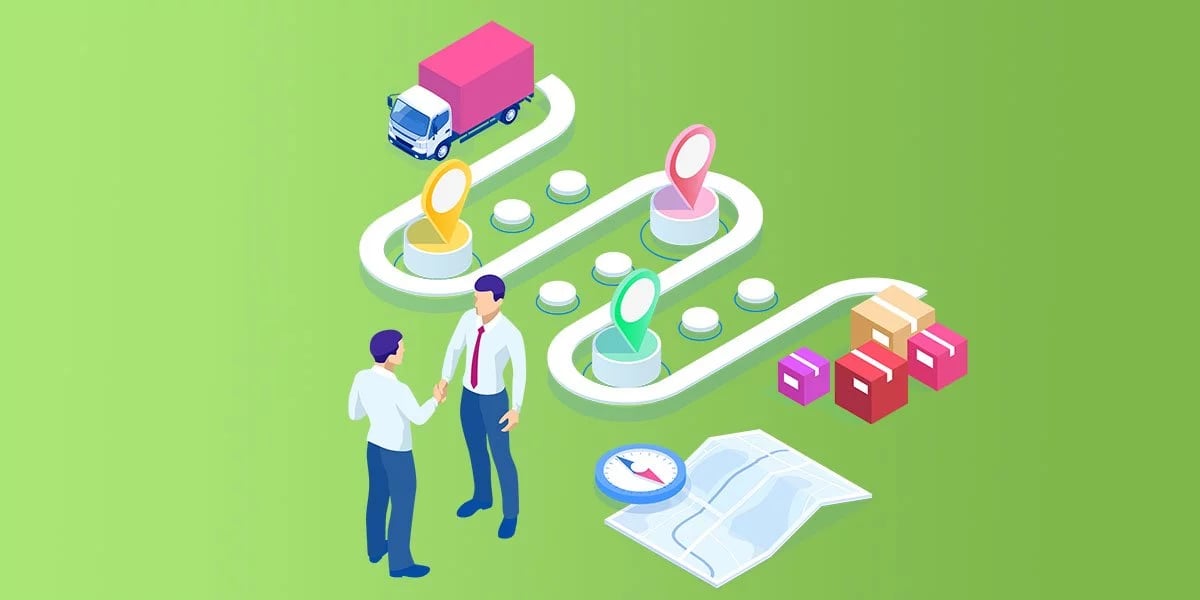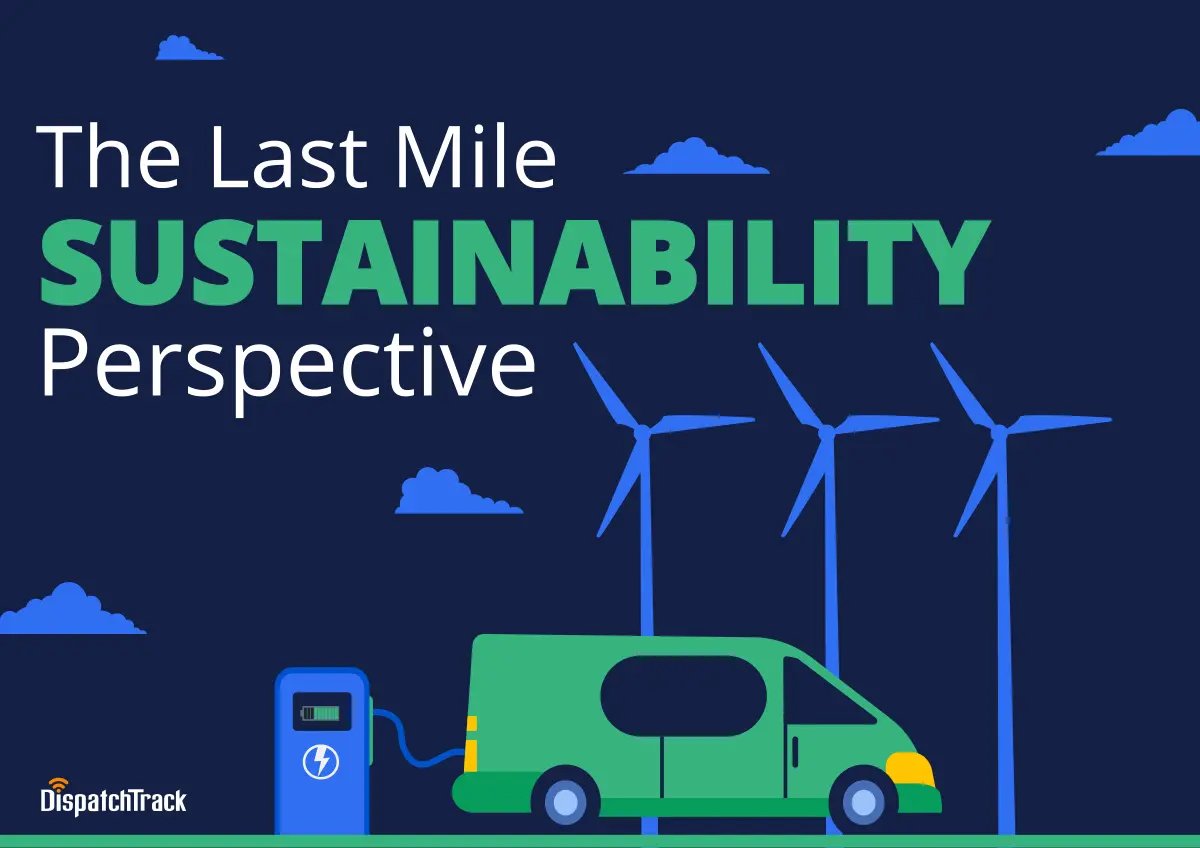According to DispatchTrack’s recent Last Mile Sustainability Perspective, which polled more than 140 logistics professionals on how they’re thinking about sustainability, 8 out of 10 companies already have existing sustainability initiatives in place. In fact, only 16% of those surveyed said that they had sustainability efforts underway at all.
 This is obviously a good sign for an industry that has a long way to go in terms of reducing carbon emissions—and it comes amid a real surge in the number of companies who are prioritizing sustainability. Even between August of 2022 and November, the number of companies who said they were prioritizing sustainability or planning to in the next year jumped from 69% to 77% (companies were roughly evenly split on currently prioritizing vs. prioritizing in the next year).
This is obviously a good sign for an industry that has a long way to go in terms of reducing carbon emissions—and it comes amid a real surge in the number of companies who are prioritizing sustainability. Even between August of 2022 and November, the number of companies who said they were prioritizing sustainability or planning to in the next year jumped from 69% to 77% (companies were roughly evenly split on currently prioritizing vs. prioritizing in the next year).
But with all these businesses starting to put real effort into decreasing emissions, where exactly is that effort going? In other words, what exactly are the sustainability initiatives that logistics operators are implementing as they pivot towards greener logistics?
That’s exactly what our report looked into—with results that were in some ways surprising.
Maximizing truckload capacity (61%)
Our report found that the most popular tactic currently in use by logistics professionals for decreasing carbon emissions and boosting sustainability is maximizing truckload capacity, i.e. in order to reduce the number of trips it takes to meet customer demand and thus reduce fuel consumption. There’s no doubt that this is a valuable piece of the puzzle when it comes to cutting down on carbon emissions—when you’re able to cut out inefficiencies in your delivery process, you can cut down on fuel usage and the CO2 emissions that come with it.
And yet, perhaps what’s most about the fact that this topped the list of tactics in our poll isn’t the fact that it’s a straightforward, effective strategy—but that it has nothing to do with EVs.
Indeed, contrary to what you might expect based on the amount of media attention that gets paid, our report found that electrification isn’t one of the strategies that’s being commonly pursued by delivery organizations. In fact, only 14% are using or plan to use EVs at the moment. The majority say that they would consider electric and semi-electric vehicles in the future, but the general feeling at the moment is that there’s not enough readily accessible information and there are questions about the infrastructure. The result is that many businesses are taking a “wait and see” approach.
That said, when businesses do begin to make the changeover, the environment won’t be the only motivating factor. 85% said that fuel cost savings represented one of their top reasons for considering EVs.

Improving routing efficiencies to limit emissions (54%)
Much like the tactic of maximizing truckload capacity that we discussed above, improving route efficiencies is all about reducing the amount of fuel you consume—so it’s not surprising that this would be a popular strategy. But how exactly do you find new efficiencies that enable you to drive fewer miles?
Ultimately, this strategy comes down to route optimization. By leveraging AI-powered route optimization tools, you can find the shortest routes between stops and most efficient sequences of stops. In this way, you can ensure that you’re using as little fuel as possible to complete each delivery. Using AI to accurately predict arrival times can also be critical here, since it reduces the odds of a failed delivery and thus cuts out the carbon resources that would otherwise come with a redelivery attempt.
Here, the ability to factor CO2 emissions into your route planning process is crucial. This means finding a way to account for the differences in fuel consumption between different vehicle and load types, and then dynamically updating expected CO2 emissions per stop and per route as you update your route plans. In this way, you can make data-driven decisions about which routes are actually more sustainable. From there, it’s important to be able to report on CO2 emissions after the fact as part of your overall route summary in order to effectively measure progress over time.
Technology investments (17%)
Improving route efficiency and maximizing truckload capacity were the clear winners when it came to the top sustainability tactics that are actually being leveraged right now, with more than half of our respondents affirming a focus on each one. After that, we’re looking at tactics with a much smaller number of companies. For instance, technology investments, which 17% listed as a top sustainability tactic.
This could mean different things to different people—i.e. anything from route optimization technology to smarter heating and cooling for warehouses. But it’s interesting that the number is so low. After all, most of the measures discussed do ultimately come back to whether you have the capabilities to execute on complex supply chain plans from end to end. It’s possible that as we move forward and more companies take concrete steps to decrease emissions, this number will grow. Conversely, it’s possible that some businesses will find that robust last mile management software already gives them the flexibility and adaptability they need in order to roll out new initiatives.
Offering delivery options to customers that limit emissions (16%)
Again, not as widely used of a tactic as the ones related to route and truckload efficiency above. But studies have shown that more and more consumers are willing to choose delivery options that are better for the environment if they’re given the option. For instance, the customer might accept a slower delivery turnaround if they know that the total carbon emissions for their delivery will be lower.
This can be a great tactic for getting customers engaged in the transition towards green logistics—but it does require you to be able to pull off exactly the kind of real-time carbon planning at the route optimization stage that we discussed above. That said, if you’re able to get to the point where you can rapidly generate multiple route options and present options to customers that show the expected CO2 output, you can decrease emissions while simultaneously boosting your brand image with eco-conscious consumers.
What else can last mile organizations do to reduce their carbon footprints?
According to our study, those are the most common methods that delivery organizations are using at this exact moment to tackle climate change and reduce their CO2 footprints. But as more and more businesses (to say nothing of consumers and governments) prioritize greener delivery processes, new techniques and tactics are sure to crop up.
For instance, even if EVs aren’t on the immediate horizon for most logistics professionals, they’re likely to make an impact at some point—most likely in the form of hybrid fleets that combine traditional and electrified trucks. When this transition is happening, it will be crucial to have technology that can navigate the complexities of determining which routes to assign to which trucks and how to deal with range limitations on EVs.
By the same token, last mile sustainability efforts will likely become more integrated into larger supply chain sustainability efforts—meaning that the ability to integrate data, share insights, and take a holistic approach will become paramount. With the steady increase in interest around green logistics, these kinds of approaches can’t be too far off on the horizon.